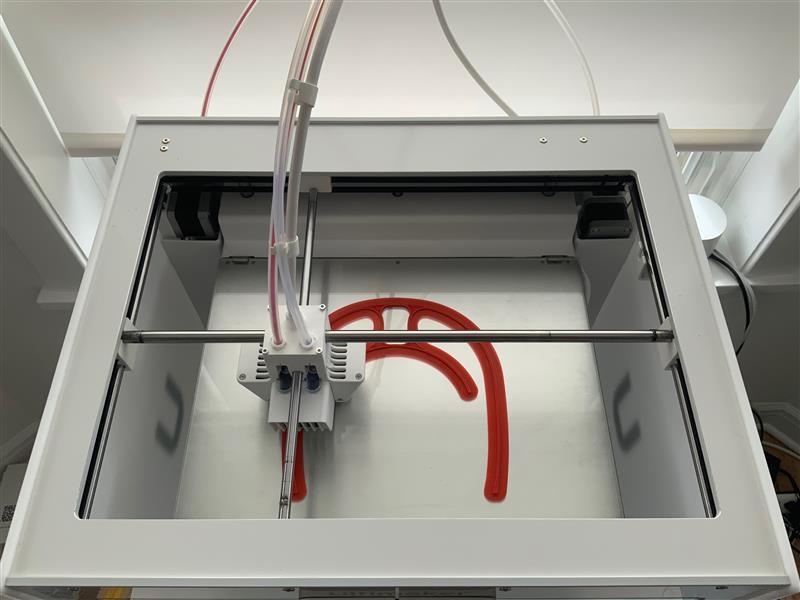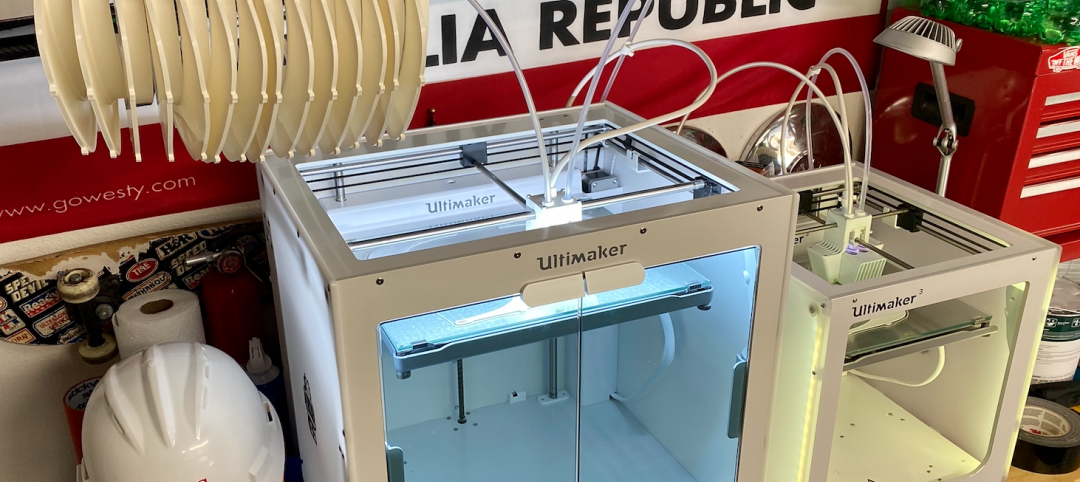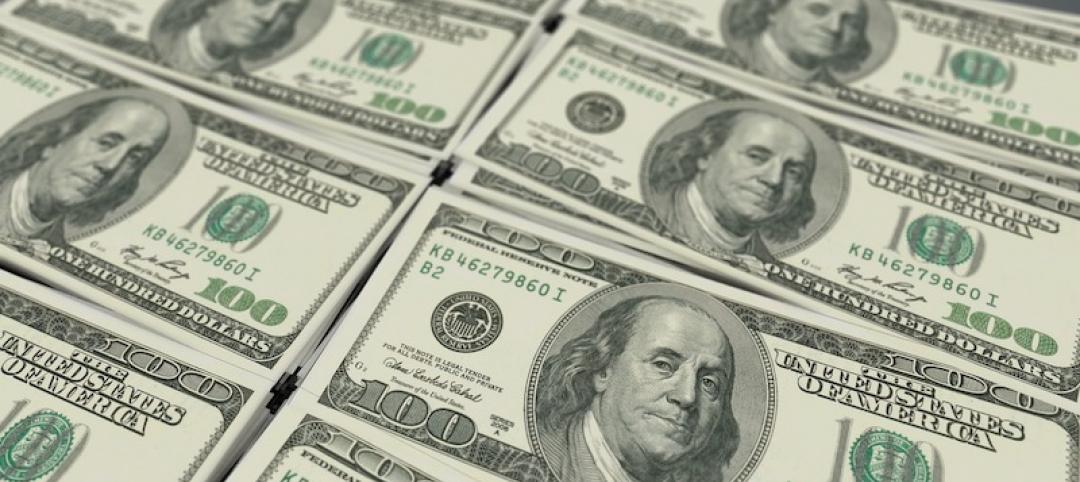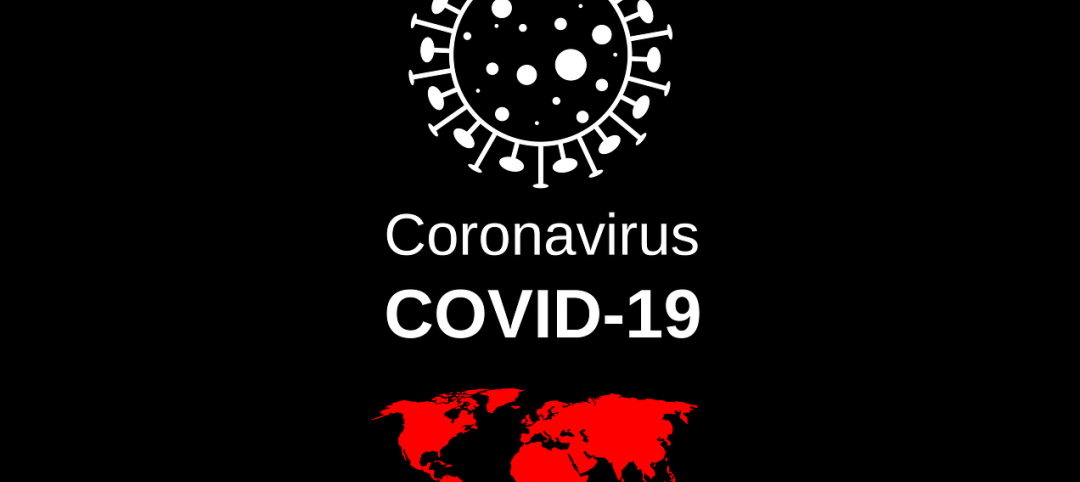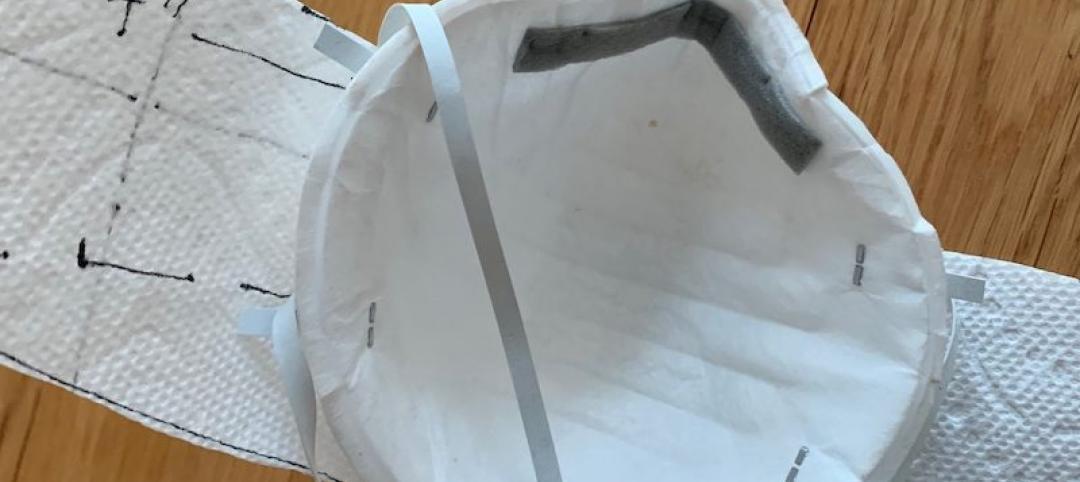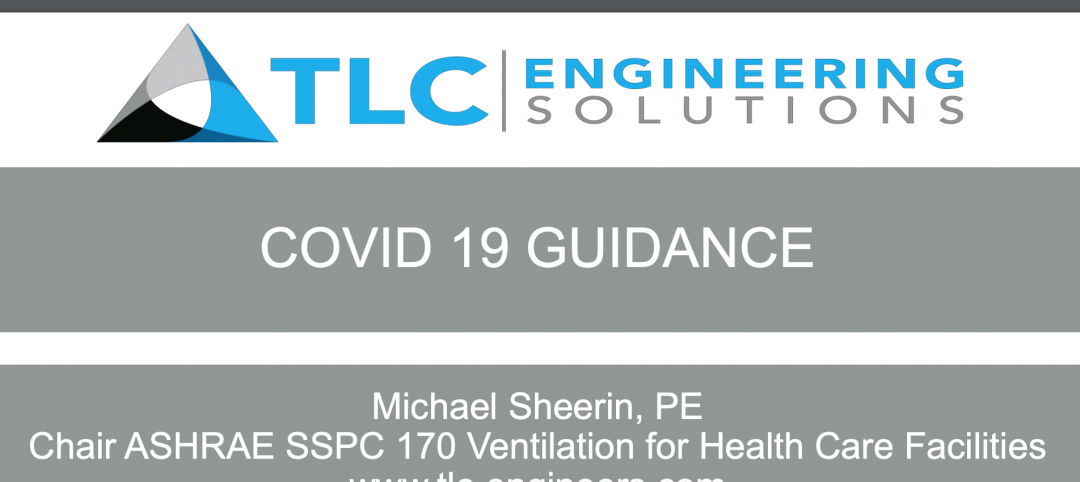3D printers have become invaluable tools for producing much-needed personal protective equipment during the COVID-19 pandemic. Tech companies such as Apple and Blue Origin, manufacturers like Ford Motor Co., and universities such as Duke and Harvard, have been using their printers to churn out face shields for first-line medical workers.
And it’s not just corporations and academia jumping in, either. Former Autodesk CEO Carl Bass and Chris Taggert, who operate a 10,000-sf metal shop in West Berkeley, Calif., recently set up a GoFundMe page to help their meet their goal of producing more than 20,000 shields using 3D printers for areas hit hardest by the coronavirus.
Last Friday, AMITA Health Resurrection Medical Center Chicago received its initial shipment of 20 reusable face shields that its medical staff helped design in collaboration with Chicago-based Krueck + Sexton Architects, which produced the shields on a 3D printer.
Thirty of Krueck + Sexton’s employees—essentially its entire studio—were involved in the initial concept design, which over the past several weeks they discussed during the office’s weekly “Friday Forum.” Ten of those employees were actively involved in sketching and refining the shield design.
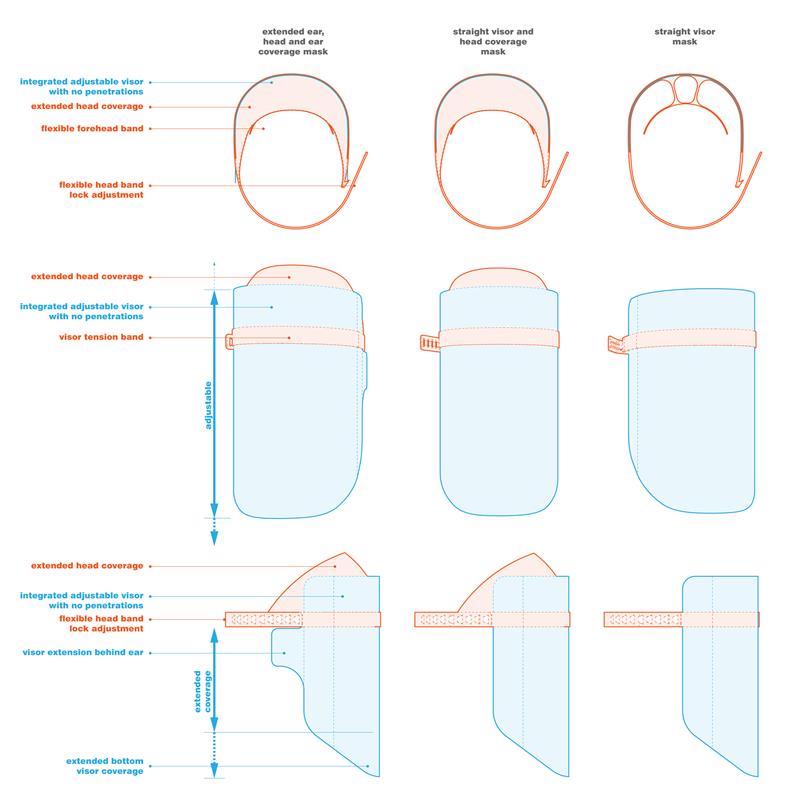
The hospital's medical personnel was involved in refining the design of the face shields, whose initial concept Krueck + Sexton's entire studio team worked on.
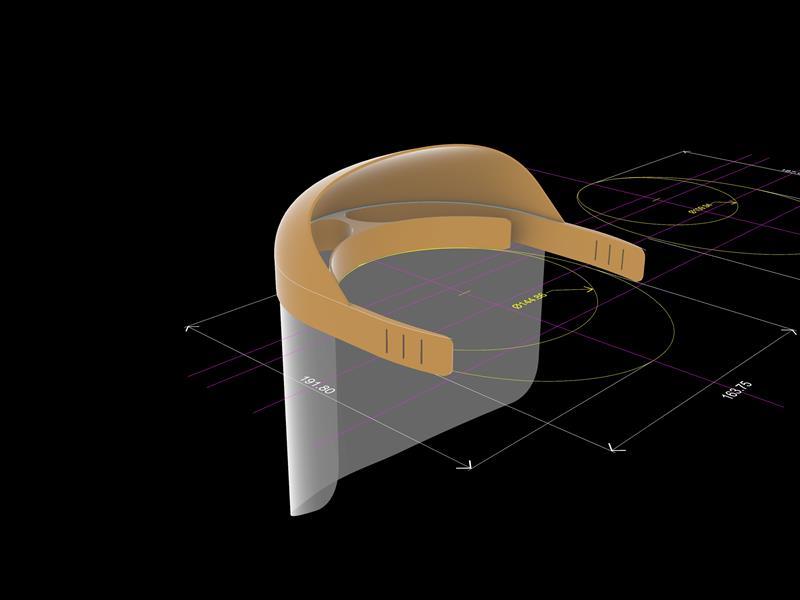
Project Architect Mariusz Klemens spearheaded this effort after his sister-in-law, Dr. Angelina Slota, a resident at the hospital, told him about Resurrection’s need for more PPEs. He set up a temporary 3D printing operation in his apartment and worked round the clock to produce and assemble the shields. The medical team got involved in testing the prototype in a hospital setting, and providing feedback that guided the design for improved functionality and flexibility.
Klemens has since has purchased a second printer to facilitate production of 80 more shields for the hospital, including its Emergency Department team that put in a request for the personal protection equipment.
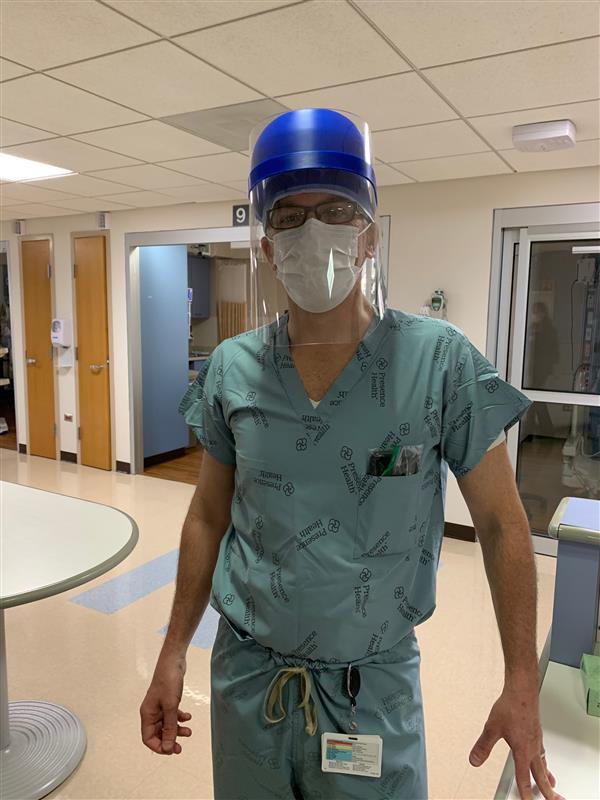
The face shield is designed for easy maintenance.
The face shield, according to Krueck + Sexton, has some unique features:
•It provides a continuous barrier, with no holes or screws
•The curved plastic shield extends to the wearer’s chest and covers his or her ears and side of head.
•The shield provides additional coverage to the forehead from the top. And the single-material helmet hooking system can be adjusted to different head sizes.
•The shield itself can be adjusted to accommodate the height of the wearer.
•The face shield has no rubber pieces, and has been designed for easy cleaning.
Related Stories
Coronavirus | Apr 2, 2020
COVID-19: HMC Architects using 3D Printers to make face shields for healthcare workers
HMC staff is producing 3D-printed parts from their homes as they self-isolate.
Coronavirus | Apr 2, 2020
COVID-19: CannonDesign initiates industry coalition to make masks for healthcare providers
Coalition formed to make DIY face masks for healthcare workers in COVID-19 settings.
Coronavirus | Apr 2, 2020
As virus spreads across North America, software providers step up with cost-free offerings
The goal is to keep construction projects moving forward at a time when jobs are being postponed or canceled.
Coronavirus | Apr 2, 2020
SBA and Treasury begin effort to distribute $349 billion in emergency small business capital
The new loan program will help small businesses with their payroll and other business operating expenses.
Coronavirus | Apr 2, 2020
New webinar explains how AIA Contract Documents can address business disruptions due to Covid-19
The webinar was recorded March 27.
Coronavirus | Apr 2, 2020
Informed by its latest Crane Index, Rider Levett Bucknall anticipates the effect of coronavirus on the construction industry
While total crane count holds steady, turbulent economic conditions indicate a recession-based drop in construction costs.
Coronavirus | Apr 1, 2020
How is the coronavirus outbreak impacting your firm's projects?
Please take BD+C's three-minute poll on the AEC business impacts from the coronavirus outbreak.
Coronavirus | Apr 1, 2020
Opinion: What can we learn from the coronavirus pandemic?
The coronavirus pandemic will soon end, soon be in the rear-view mirror, but we can still take lessons learned as directions for going forward.
Coronavirus | Apr 1, 2020
Three reasons you should keep sewing face masks (as long as you follow simple best practices)
Here are three reasons to encourage sewists coast to coast to keep their foot on the pedal.
Coronavirus | Apr 1, 2020
TLC’s Michael Sheerin offers guidance on ventilation in COVID-19 healthcare settings
Ventilation engineering guidance for COVID-19 patient rooms


